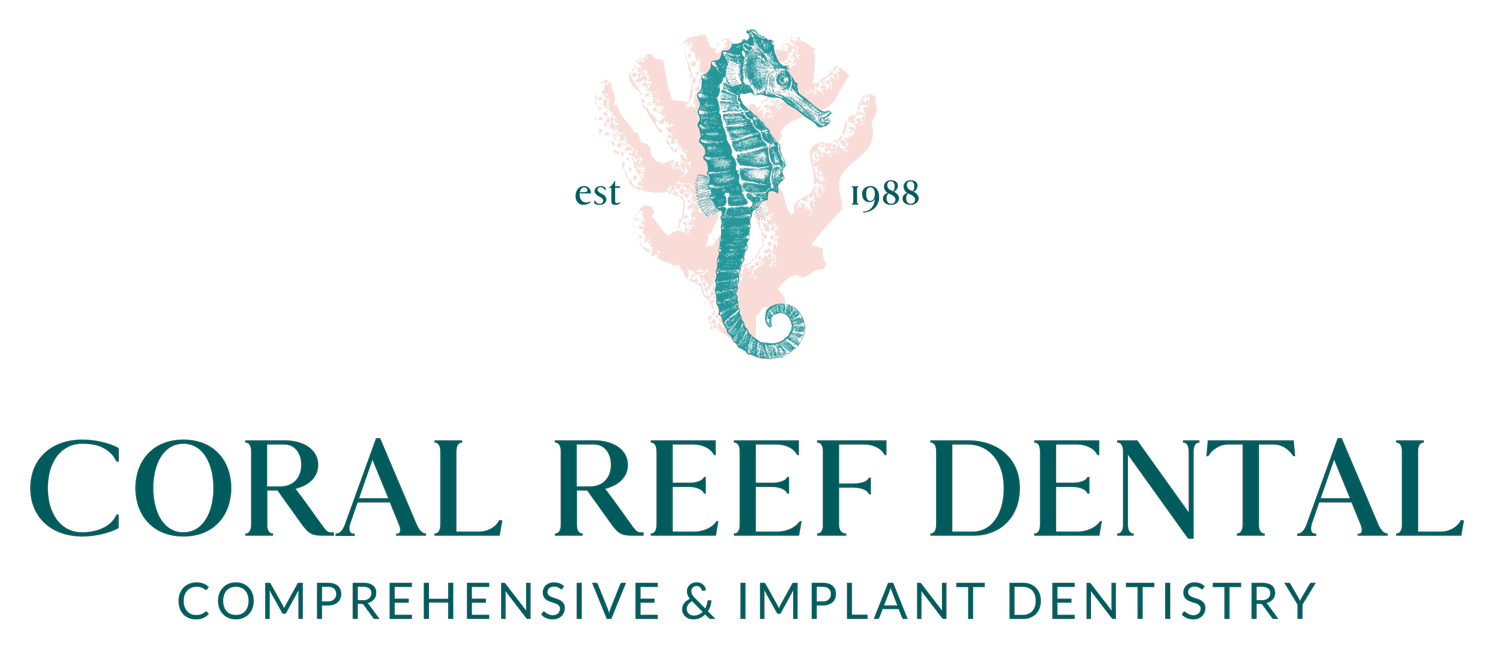What Is a Bruised Tooth and How Is It Treated?
Dental injuries can manifest in many ways, from chipped, cracked teeth to damaged jaws. A bruised tooth is a common condition that may result from an impact or regular wear and tear. The severity of your injury will determine whether you can treat it at home or require urgent medical care. In this guide, we will discuss the symptoms of a bruised tooth, our best home remedies, and the signs that indicate it’s time for a dentist visit.
What is a bruised tooth?
A bruised tooth, sprained tooth, or dental contusion describes damage to the periodontal ligament, the soft tissue connecting the tooth to the bone. Here’s what you need to know about this painful condition:
What can cause a bruised tooth?
Bruised teeth may occur after an injury, such as a car accident or an invasive dental procedure. However, they may also be caused by repetitive movements, such as biting, clenching, and grinding.
What are the symptoms of a bruised tooth?
If you haven’t recently experienced trauma to your face and jaw, a bruised tooth may not be apparent right away. Here are a few common signs and symptoms to look out for:
Pain when biting or chewing
A dull, achy sensation in the tooth or jaw
Sensitivity to pressure
A feeling that the tooth is loose or displaced
Inflammation or bleeding near the gumline
Discoloration
Is a bruised tooth a dental emergency?
Not always. Mild bruising from an acute injury may resolve on its own. However, if you have moderate to severe pain, visible tooth movement, or ongoing symptoms, it may be time for a visit with your healthcare provider.
A bruised tooth that’s loose, darkening, or increasingly painful could be more urgent. If the pulp or root is damaged, you might require a root canal to avoid infection or extraction.
Related reading: How To Know If You Need an Emergency Tooth Extraction
How is a bruised tooth treated?
In many cases, you can treat a bruised tooth using various home remedies. Here are a few treatments to try on your own to heal a minor dental contusion:
Avoid pressure on the affected tooth
While healing a bruised tooth, stick to soft foods and chew on the opposite side of your mouth to minimize pressure on the affected area. Avoid crunchy foods, hard candies, and gum. If you find yourself clenching your teeth during the day or grinding your teeth at night, consider a mouthguard to reduce any additional damage.
Apply cold compresses
A cold compress can be an effective solution for swelling, inflammation, and pain. While it won’t directly heal the bruised tooth, it will improve discomfort. Wrap ice or a cold pack in a clean cloth and apply it to the outside of your cheek for 15 to 20 minutes at a time. You can repeat this several times each day as needed.
Take an over-the-counter pain reliever
Over-the-counter medications can help reduce pain and control inflammation. While ibuprofen is recommended for inflammation, acetaminophen can be a good alternative. Be sure to watch for bleeding around the gums, and avoid aspirin if you notice this symptom, as this drug can act as a blood thinner.
Rinse with salt water
Warm salt water is another anti-inflammatory treatment that also features antibacterial properties to control harmful microorganisms that could cause tooth infection. Combine ½ teaspoon of salt in a glass of warm water and stir to combine.
Gently swish it around your mouth for about 30 seconds before spitting it out. Repeat this process two to three times a day, especially after eating.
Related: Why Does Mouthwash Burn?
When should you see a dentist for a bruised tooth?
In some cases, a bruised tooth may require professional treatment, especially if you have pre-existing conditions like gum disease or tooth decay, which may make your teeth less resilient. Here are a few signs that indicate it’s time to see your dentist:
Severe pain and swelling
Pain that doesn’t improve over time or with home remedies may signal a cracked tooth or damage to the tooth pulp, rather than a simple bruise. Pain and swelling are also key indicators of infection and abscess, which require urgent medical care. Head to your nearest emergency dentist if your pain intensifies, you see swelling in your face or jaw, or you develop a fever.
Discoloration
A gray or purple tint to the tooth can be a sign that the blood vessels inside your tooth have been damaged and the pulp is beginning to die. This may require a root canal to stop the process. In some instances, you may need internal bleaching or a crown to restore your tooth’s original function and appearance.
Loose tooth
When an adult tooth wiggles, it means that the supporting structures that hold it in place can no longer do their job. You may need to act quickly to save your tooth. Your dentist will likely inspect the area for internal damage, splint the tooth for stability, and prescribe antibiotics or an anti-inflammatory to prevent further pain and infection.
Read more: Loose Tooth? Causes, Treatments, and Prevention
Keep your smile healthy at Coral Reef Dental!
The team at Coral Reef Dental is here to help you navigate routine oral health as well as injuries like a bruised tooth. Reach out today to schedule an appointment!


